Dementia is a progressive neurological disorder that impairs cognitive function, affecting an individual’s memory, thinking, reasoning, and daily functioning. It is not a single disease but rather an umbrella term that encompasses a range of conditions characterized by the decline of cognitive abilities beyond what is considered normal aging. The condition exerts a great impact not only on individuals but also on their families, caregivers, and society at large.
As the global population ages, understanding dementia becomes increasingly essential for nurses. This nursing note discusses into the various aspects of dementia, highlighting its causes, symptoms, diagnosis, medical management, and nursing interventions.
What is Dementia?
Dementia is a term used to describe a group of progressive neurological disorders that result in a decline in cognitive function and memory. It affects thinking, behavior, and the ability to perform daily activities. It often results from underlying medical conditions, substance use, or medication effects. It has a slow, insidious onset, and is chronic, progressive, and irreversible.
Statistics and Incidences
Cases of dementia are increasing due to the longer life expectancy of the world population.
- There are four clinical dementia syndromes accounting for 90% of all cases after excluding other common reversible causes of cognitive impairment.
- The rise in dementia and Alzheimer’s disease is alarming and is expected to double every 20 years, from 47 million people in 2015 to 75 million people in 2030 and 131 million in 2050.
Causes
The following are major etiologic categories for the syndrome of dementia:
- Dementia of the Alzheimer’s type. The exact disease of Alzheimer’s disease is unknown, but several theories have been proposed, such as reduction in brain acetylcholine, the formation of plaques and tangles, serious head trauma, and genetic factors. Pathologic changes in the brain include atrophy, enlarged ventricles, and the presence of numerous neurofibrillary plaques and tangles.
- Vascular Dementia. This type of dementia is caused by significant cerebrovascular disease. The client suffers the equivalent of small strokes caused by arterial hypertension or cerebral emboli or thrombi, which destroy many areas of the brain. The onset of symptoms is more abrupt than in AD and runs a highly variable course, progressing in steps rather than a gradual deterioration.
- Dementia due to HIV disease. The immune dysfunction associated with human immunodeficiency virus (HIV) can lead to brain infections by other organisms. HIV also appears to cause dementia directly.
- Dementia due to head trauma. The syndrome of symptoms associated with dementia can be brought on by a traumatic head injury.
- Dementia due to Lewy Body Disease. Clinically, Lewy Body disease is fairly similar to AD,; however, it tends to progress more rapidly, and there is an earlier appearance of visual hallucinations and Parkinsonian features (Rabins et al, 2006). This disorder is distinctive by the presence of Lewy bodies-eosinophilic inclusion bodies- seen in the cerebral cortex and brainstem (Andreasen and Black, 2006).
- Dementia due to Parkinson’s disease. Parkinson’s disease is caused by a loss of nerve cells in the substantia nigra of the basal ganglia. The symptoms of dementia associated with Parkinson’s disease closely resemble those of AD.
- Dementia due to Huntington’s disease. This disease is transmitted as a Mendelian dominant gene, and damage occurs in the areas of the basal ganglia and the cerebral cortex.
- Dementia due to Pick’s disease. Pathology occurs from atrophy in the frontal and temporal lobes of the brain. Symptoms are strikingly similar to those of AD, and Pick’s disease is often misdiagnosed as AD.
- Dementia due to Creutzfeldt-Jakob disease. This form of dementia is caused by a transmissible agent known as a “slow virus” or prion. The clinical presentation is typical of the syndrome of dementia and the course is extremely rapid, with progressive deterioration and death within one year after onset.
- Dementia due to other general medical conditions. A number of other general medical conditions can cause dementia. Some of these include endocrine conditions, pulmonary disease, hepatic or renal failure, cardiopulmonary insufficiency, fluid and electrolyte imbalances, nutritional deficiencies, frontal or temporal lobe lesions, uncontrolled epilepsy, central nervous system or systemic infections, and other neurological conditions.
- Substance-induced Persisting Dementia. This type of dementia is related to the persisting effects of substances such as alcohol, inhalants, sedatives, hypnotics, anxiolytics, other medications, and environmental toxins.
Clinical Manifestations
The following symptoms have been identified with the syndrome of dementia:
- Memory impairment. Impaired ability to learn new information or to recall previously learned information.
- Impairment in abstract thinking, judgment, and impulse control.
- Impairment in language ability, such as difficulty naming objects. In some instances, the individual may not speak at all (aphasia).
- Personality changes are common.
- Impaired ability to perform motor activities despite intact motor abilities (apraxia).
- Disorientation. Patients may feel disoriented regarding their current place, time, o names of persons they are close with.
- Wandering. Because of disorientation, patients with dementia may often wander from one place to another.
- Delusions are common (particularly delusions of persecution).
Assessment and Diagnostic Findings
Laboratory tests can be performed to rule out other conditions that may cause cognitive impairment.
- Complete blood cell count (CBC). Abnormalities in complete blood cell count and cobalamin levels require further workup to rule out hematologic disease.
- Liver enzyme levels. Abnormalities found in screening of liver enzyme levels require further workup to rule out hepatic disease.
- Thyroid-stimulating hormone (TSH) levels. Abnormalities in thyroid-stimulating hormone levels require further workup to rule out thyroid disease.
- Rapid plasma reagent. Abnormalities in rapid plasma reagent (RPR) require further workup to rule out syphilis.
- HIV serology. Abnormalities in HIV serology and/or PCR require further workup to rule out HIV/AIDS.
- Paraneoplastic antibodies. Abnormalities in paraneoplastic antibodies require further workup to rule out autoimmune encephalitis.
- CSF proteins. Abnormalities in CSF proteins tau, P-tau, and 14-3-3 require further workup to rule out Creutzfeldt-Jakob disease.
Medical Management
To date, only symptomatic therapies are available and thus do not act on the evolution of the disease.
- Experimental therapies. A variety of experimental therapies have been proposed for dementia; these include anti-amyloid therapy, reversal of excess tau phosphorylation, estrogen therapy, vitamin E therapy, and free radical scavenger therapy; however, the results of these studies have yielded disappointing results.
- Dietary measures. There are no special dietary considerations for dementia; however, caprylidene (Axona) is a prescription medical food that is metabolized into ketone bodies, and the brain can use these ketone bodies for energy when its ability to process glucose is impaired. Brain-imaging scans of older adults and persons with dementia reveal a dramatically decreased uptake of glucose.
- Physical activity. Routine physical activity and exercise may have an impact on dementia progression and may perhaps have a protective effect on brain health; the patient’s surroundings should be safe and familiar; maintaining structured routines may be helpful to decrease patient’s stress in regard to meals, medication, and other therapeutic activities aimed at maintaining cognitive functioning.
Pharmacological Management
The mainstay of therapy for patients with dementia is the use of centrally acting cholinesterase inhibitors to attempt to compensate for the depletion of acetylcholine in the cerebral cortex and hippocampus.
- Cholinesterase inhibitors. Cholinesterase inhibitors are used to palliate cholinergic deficiency.
- N-Methyl-D-Aspartate antagonists. The only drug in the N-methyl-D-aspartate (NMDA) antagonist class that is approved by the US Food and Drug Administration is memantine; this agent may be used alone or in combination with AChE inhibitors.
- Nutritional supplement. Medical foods are dietary supplements intended to compensate specific nutritional problems caused by a disease or condition; caprylidene is indicated for clinical dietary management of metabolic processes associated with mild to moderate dementia.
Nursing Management
The nursing management of a client with dementia includes the following:
Nursing Assessment
Assessment of a client with dementia includes the following:
- Psychiatric interview. The psychiatric interview must contain a description of the client’s mental status with a thorough description of behavior, flow of thought and speech, affect, thought processes and mental content, sensorium and intellectual resources, cognitive status, insight, and judgment.
- Serial assessment. Serial assessment of psychiatric status is necessary for determining the fluctuating course and acute changes in mental status, interviews with family members should be included and can be crucial in the treatment of infants and young children with cognitive disorders.
Nursing Diagnosis
Nursing diagnoses that you can use for developing nursing care plans for patients with dementia include:
- Risk for trauma related to disorientation or confusion.
- Risk for self-directed or other-directed violence related to delusional thinking.
- Chronic confusion related to alteration in structure/function of brain tissue.
- Self-care deficit related to cognitive impairment.
- Risk for falls related to cognitive impairment.
Nursing Care Planning and Goals
The major nursing care planning goals for dementia are:
- The client will accept explanations of inaccurate interpretations within the environment.
- With assistance from the caregiver, the client will be able to interrupt non-reality-based thinking.
Nursing Interventions
The nursing interventions for a dementia client are:
- Orient client. Frequently orient the client to reality and surroundings. Allow the client to have familiar objects around him or her; use other items, such as a clock, a calendar, and daily schedules, to assist in maintaining reality orientation.
- Encourage caregivers about patient reorientation. Teach prospective caregivers how to orient clients to time, person, place, and circumstances, as required. These caregivers will be responsible for client safety after discharge from the hospital.
- Enforce positive feedback. Give positive feedback when thinking and behavior are appropriate, or when the client verbalizes that certain ideas expressed are not based in reality. Positive feedback increases self-esteem and enhances the desire to repeat appropriate behavior.
- Explain simply. Use simple explanations and face-to-face interaction when communicating with clients. Do not shout messages into the client’s ear. Speaking slowly and in a face-to-face position is most effective when communicating with an elderly individual experiencing hearing loss.
- Discourage suspiciousness of others. Express reasonable doubt if the client relays suspicious beliefs in response to delusional thinking. Discuss with the client the potential personal negative effects of continued suspiciousness of others.
- Avoid the cultivation of false ideas. Do not permit the rumination of false ideas. When this begins, talk to the client about real people and real events.
- Observe the client closely. Close observation of the client’s behavior is indicated if delusional thinking reveals an intention for violence. Client safety is a nursing priority.
Evaluation
The outcome criteria for a patient with dementia include:
- With assistance from the caregiver, the client is able to distinguish between reality-based and non-reality-based thinking.
- Prospective caregivers are able to verbalize ways in which to orient clients to reality, as needed.
Documentation Guidelines
Documentation needed for a client with dementia include the following:
- Individual findings, including factors affecting, interactions, nature of social exchanges, specifics of individual behavior.
- Cultural and religious beliefs, and expectations.
- Plan of care.
- Teaching plan.
- Responses to interventions, teaching, and actions performed.
- Attainment or progress toward the desired outcome.
References
Sources and references for this study guide for delirium:
- Black, J. M., & Hawks, J. H. (2005). Medical-surgical nursing. Elsevier Saunders,.
- Videbeck, S. L. (2010). Psychiatric-mental health nursing. Lippincott Williams & Wilkins.
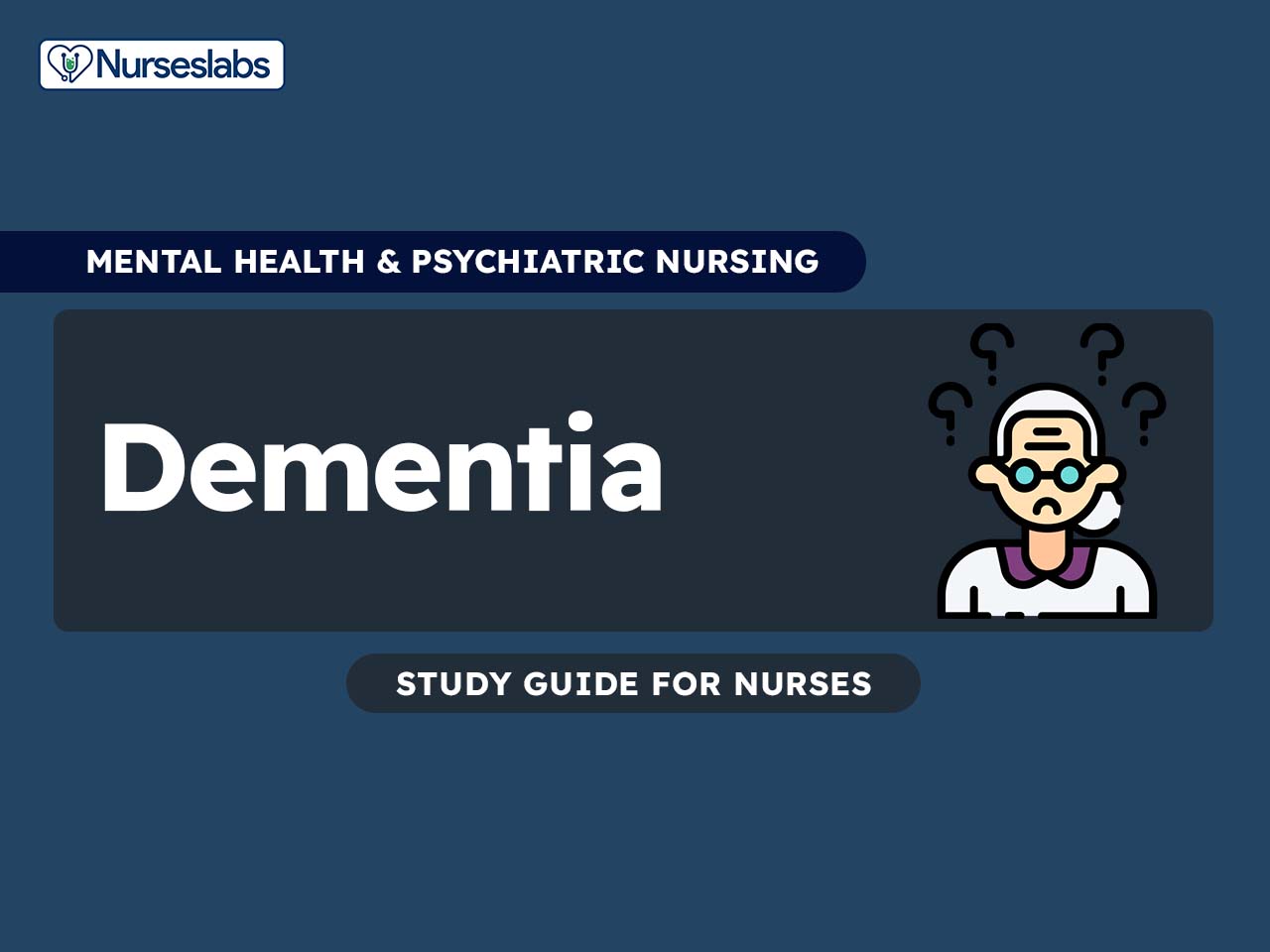





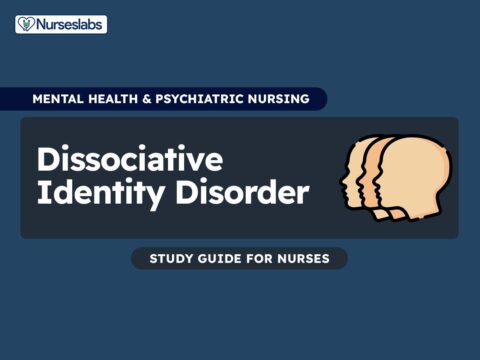
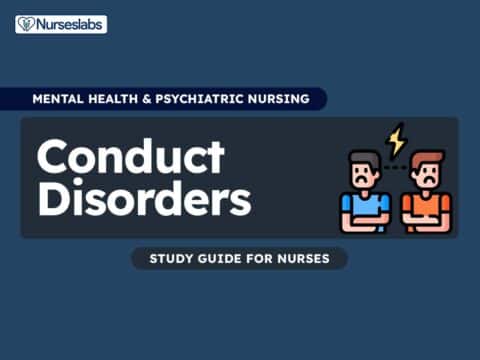

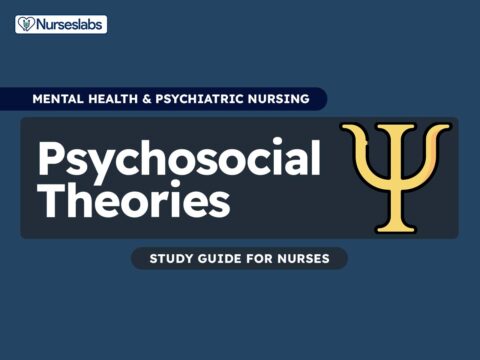


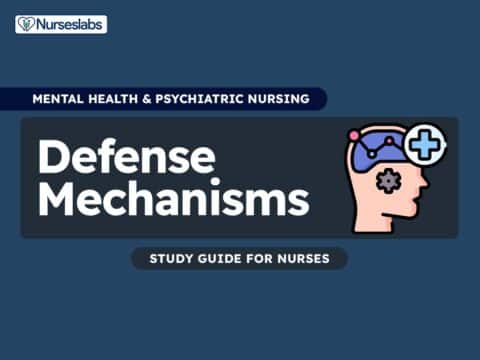
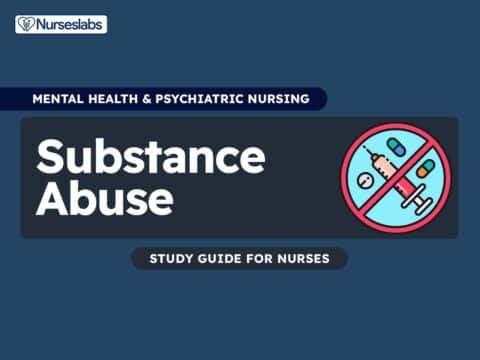
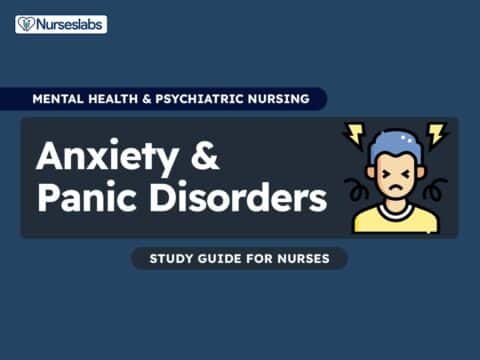
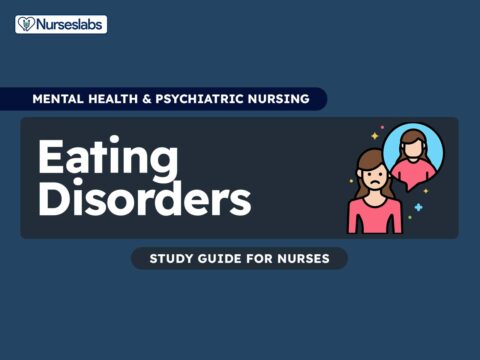

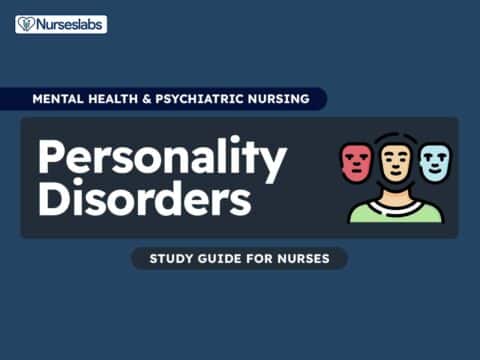

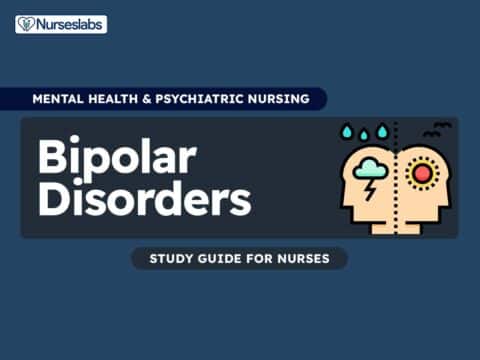
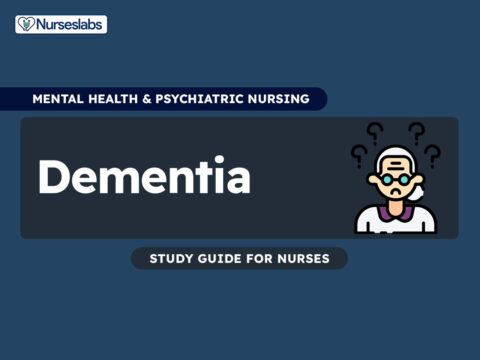



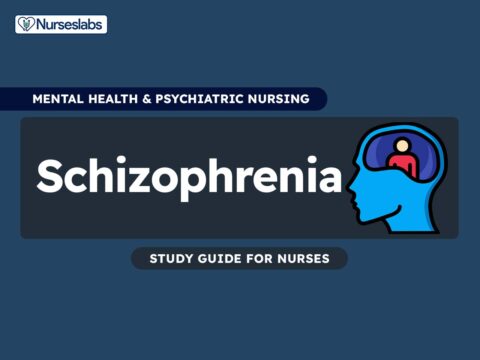
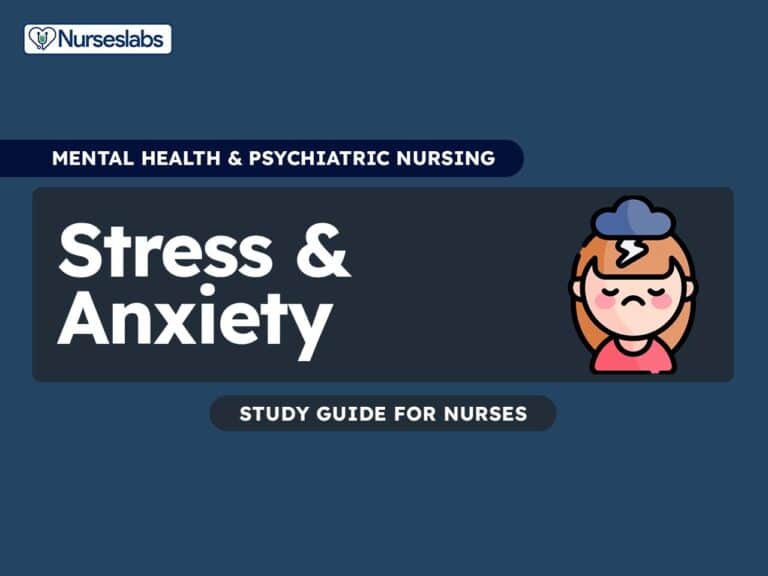
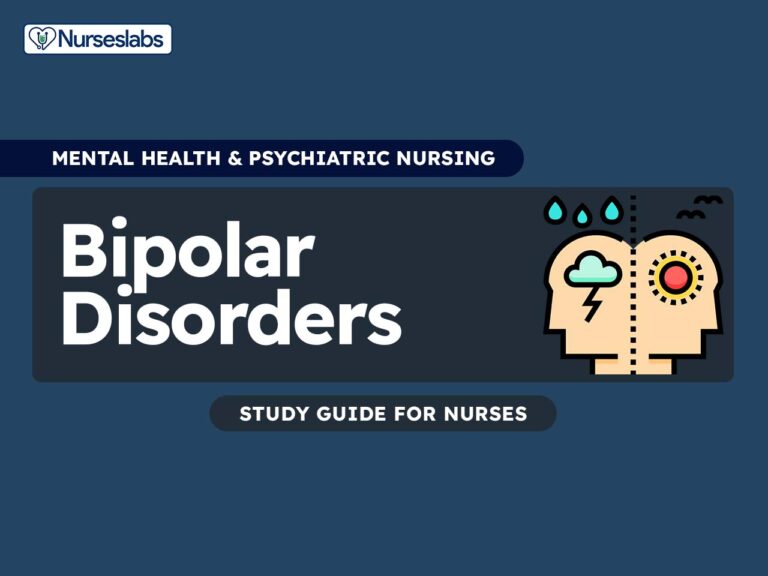
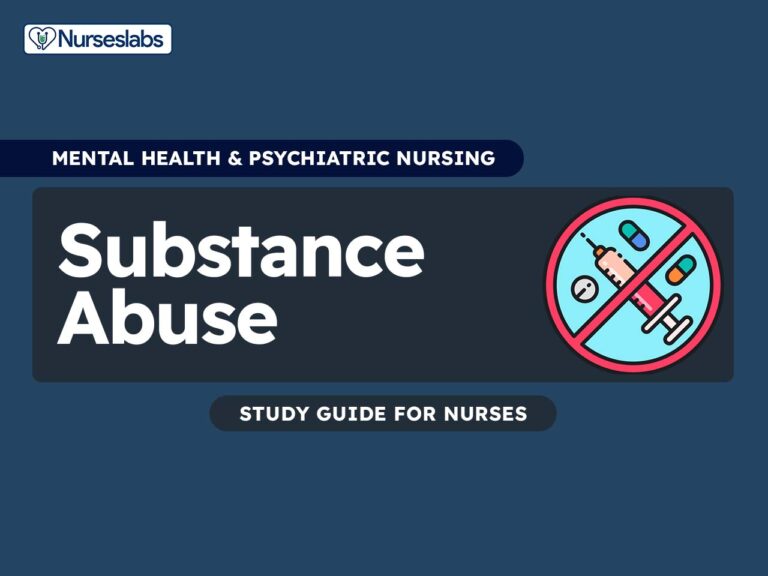
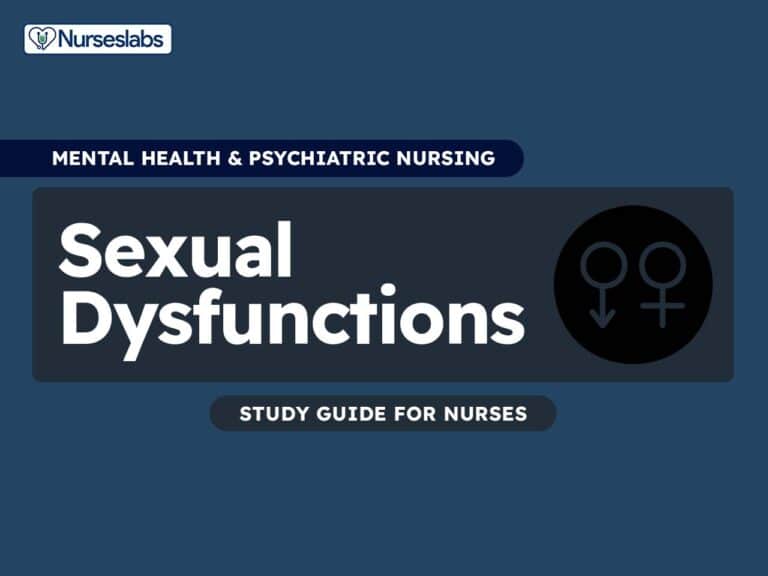
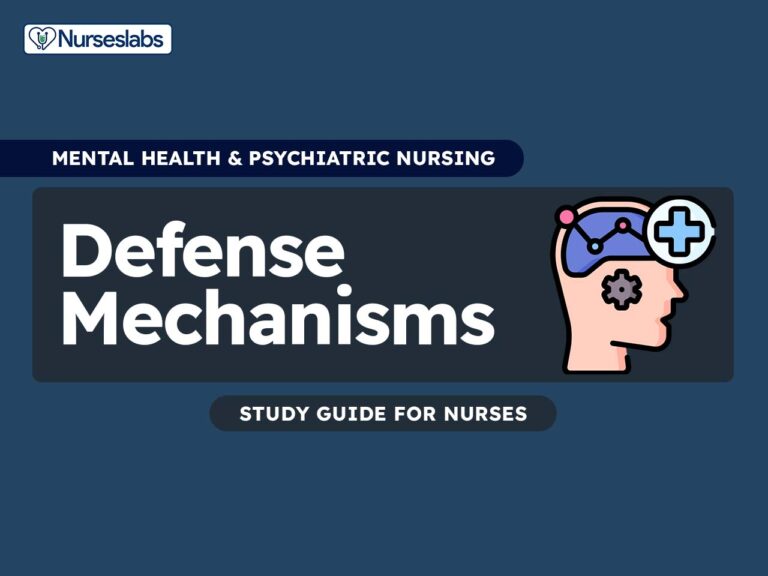



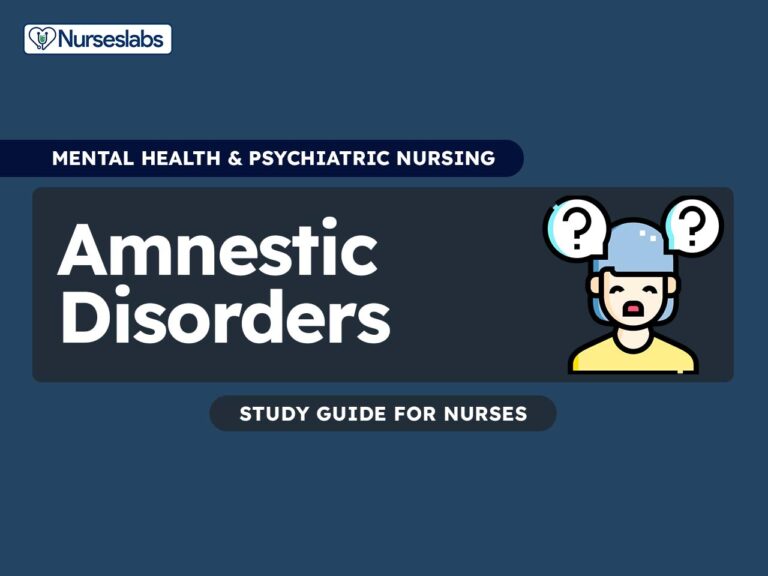
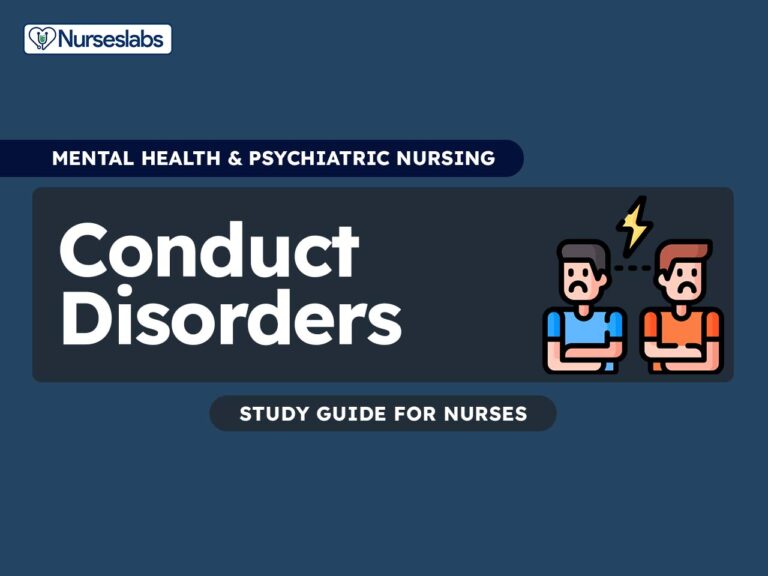
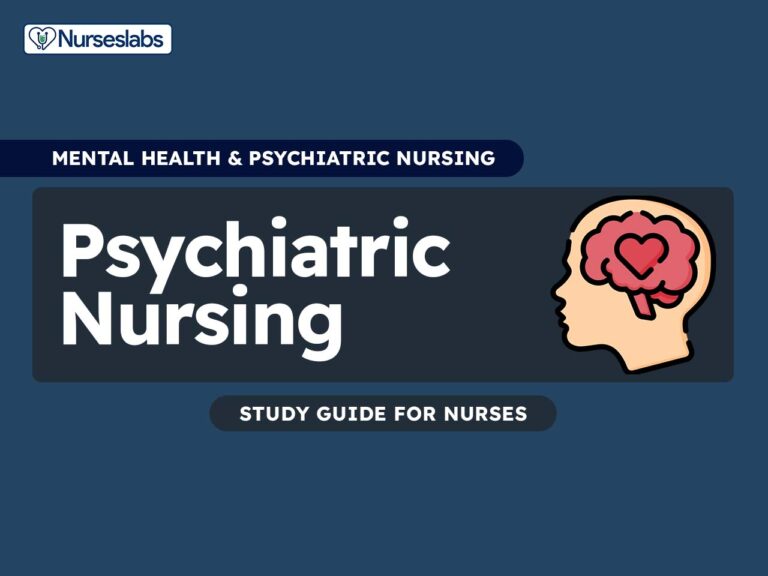

Leave a Comment